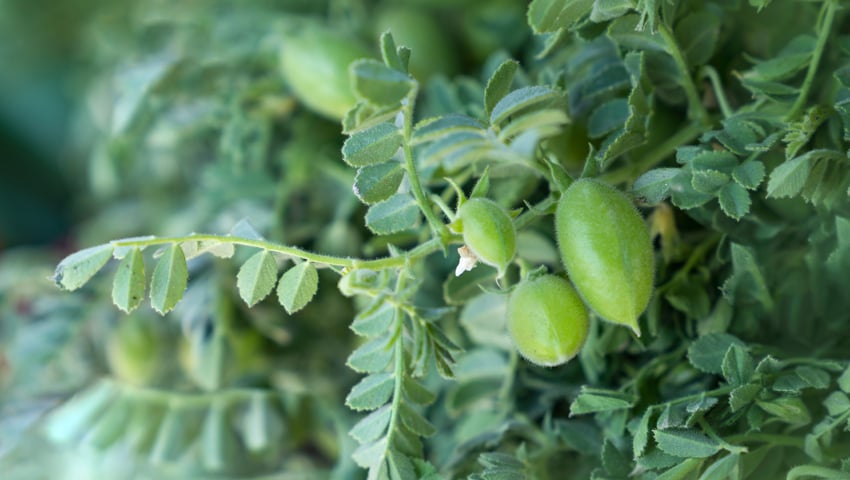The future planned by agribusiness giants could accelerate environmental breakdown and jeopardise the food security of billions, according to a report by IPES-Food and ETC Group.
Originally published in 2021, the report laid out a series of strategies for a Long Food Movement to build sustainable food systems over the next 25 years.
It estimated that, united, civil society could force a shift of up to $4 trillion from the industrial food chain to food sovereignty and agroecology. This includes $720 billion in subsidies going to big commodity production, and as much as $1.6 trillion in healthcare savings from a crackdown on junk food. The sum total of these actions could cut 75% of food system emissions.
Now – to mark World Food Day – IPES-Food, ETC-Group and A Growing Culture have launched a series of practical Long Food Project resources for civil society organisations and movements around the world who are working to strengthen people-led food systems.
Building on the 2021 report, these resources encourage people to think decades ahead and collectively plan for the future.
IPES Food said, “Food systems are currently at a crossroads. If we continue to follow ‘agribusiness as usual’ dominated by profit-driven interests, the future will be characterised by a fully-automated food chain, where nature is subject to privatisation, commodification and genetic modification.
“However, there is another way. By broadening and deepening movement building, by finding common ground and by building long-term strategies, the diverse food movement can re-root food systems to nourish our communities and the living environment. Building on the history of food systems change, the Long Food Project proposes a long-term visionary roadmap. It is both an invitation and a call to join hands, reminding us that no system, no matter how seemingly entrenched, can withstand the force of collective people power.”
Pat Mooney, lead author of the Long Food Movement report said, “We are facing a corporate tidal wave. But farmers, food workers and their allies are mobilising in new ways to defend their spaces and livelihoods.”
The 2021 report lays out two contrasting futures for food systems, illustrating the risks of an agribusiness-led future and and the opportunities for civil society-led transformation. The study warns of specific threats to farming and food security if agribusiness plans come to fruition:
- AI is re-engineering ecosystems, and robotic tractors and drones are being rolled out as fast as digital infrastructures allow. Millions of rural dwellers will be forced to migrate to urban areas
- Food – and now food data – are valuable strategic assets. A new wave of land, ocean, and resource grabs is imminent
- Powerful corporations and major governments are now moving to control food supplies across vast economic corridors. Long, complex global supply chains will be more vulnerable to pandemics, climate change, and critical choke point
- Hyper-nudging is on the rise. Data from everyday transactions (digital wallets to automated food services) is increasingly combined with information harvested online to manipulate people’s eating habits in unprecedented ways
Mooney said, “The keys of the food system are being handed over to data platforms, private equity firms, and e-commerce giants. This is the dystopian future of food and the planet, unless civil society fights back.”
Third World Network researcher and report contributor Lim Li Ching, added, “Civil society and social movements must think decades ahead. We must be ready for shocks on the horizon. Neither short-term actions nor long-term planning can wait. That’s why we need a ‘Long Food Movement’.”
The report lays out a series of strategies for a Long Food Movement to build sustainable food systems over the next 25 years. It estimates that, united, civil society could force a shift of up to USD 4 trillion from the industrial food chain to food sovereignty and agroecology. This includes USD 720 billion in subsidies going to big commodity production, and as much as USD 1.6 trillion in healthcare savings from a crackdown on junk food. The sum total of these actions could cut 75% of food system emissions.
Some of the key strategies include:
- Diverting funds from major commodity subsidies, research expenditures and ‘niche’ budget lines to small-scale food producers
- Supporting short supply chains and territorial markets: By 2045, as much as 50% of food would be sourced from local and regional supply chains. Up to 80% of wealthier populations go flexitarian
- Levying taxes on junk food, toxins, CO2 and the revenues of multinationals
- Adopting emergency food security measures that supersede trade and intellectual property rules
- Ensuring that famine, malnutrition, and environmental degradation are considered as criminal violations that can be internationally prosecute
- Defending multilateralism by completing reforms of the UN Committee on World Food Security
